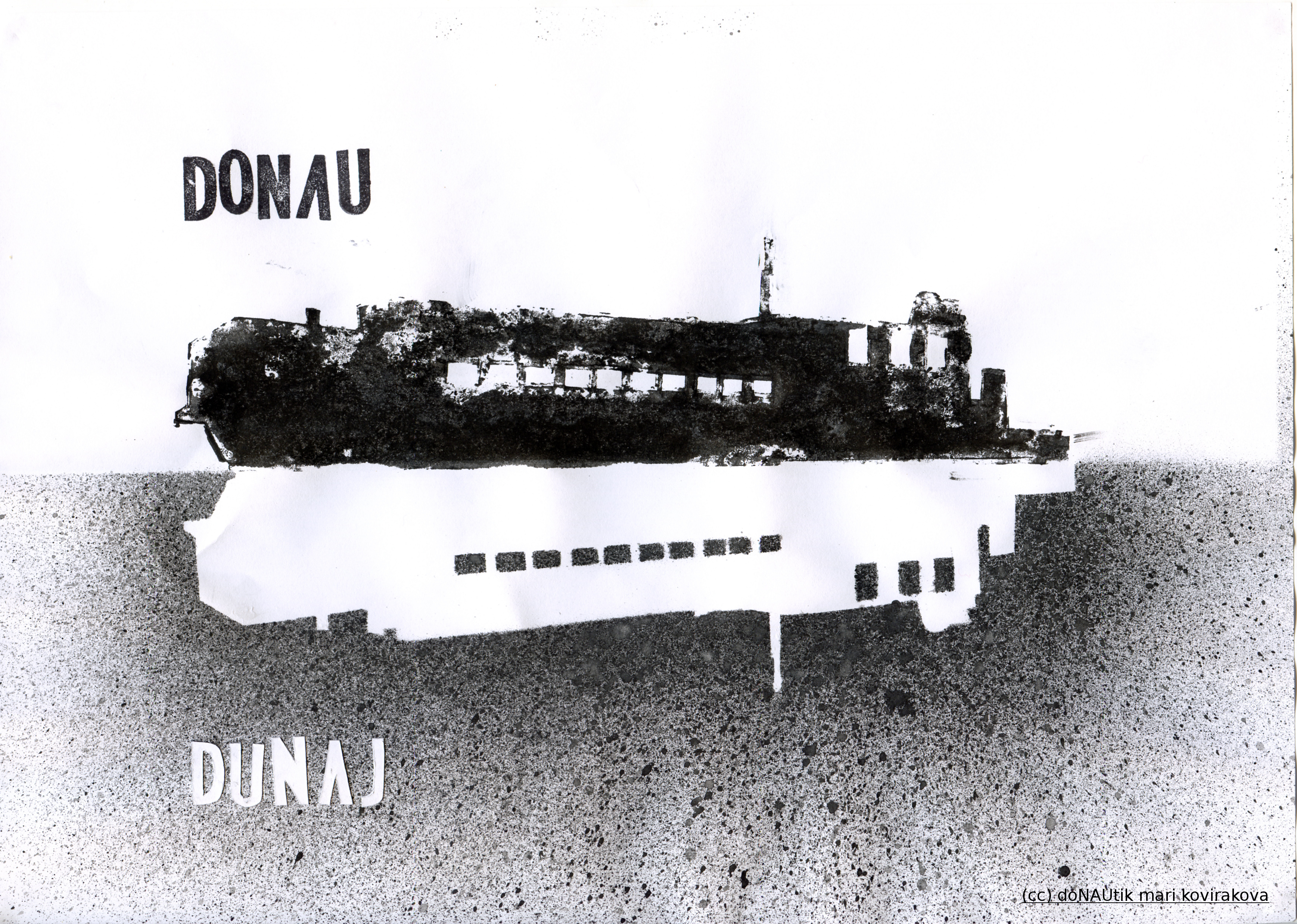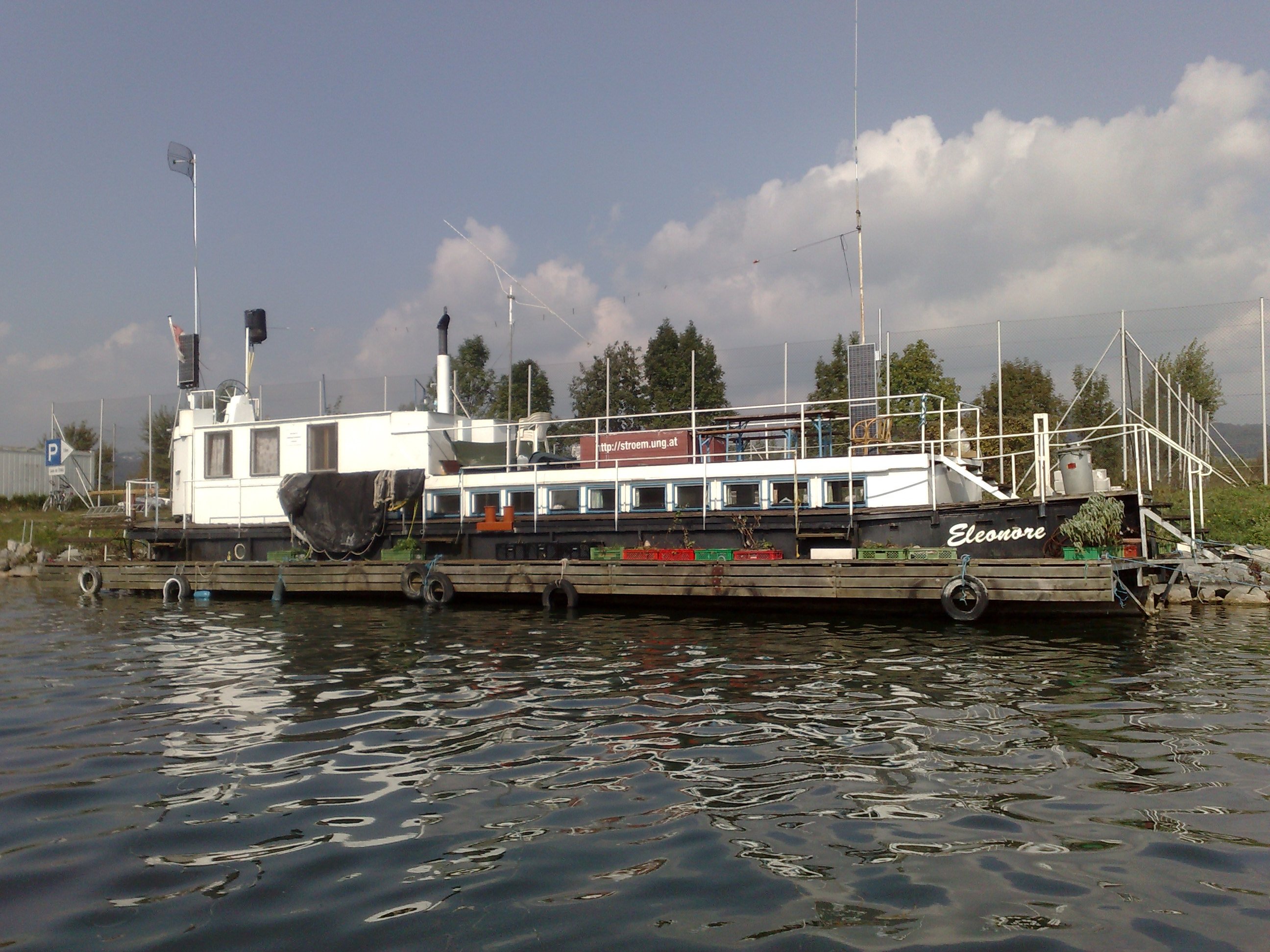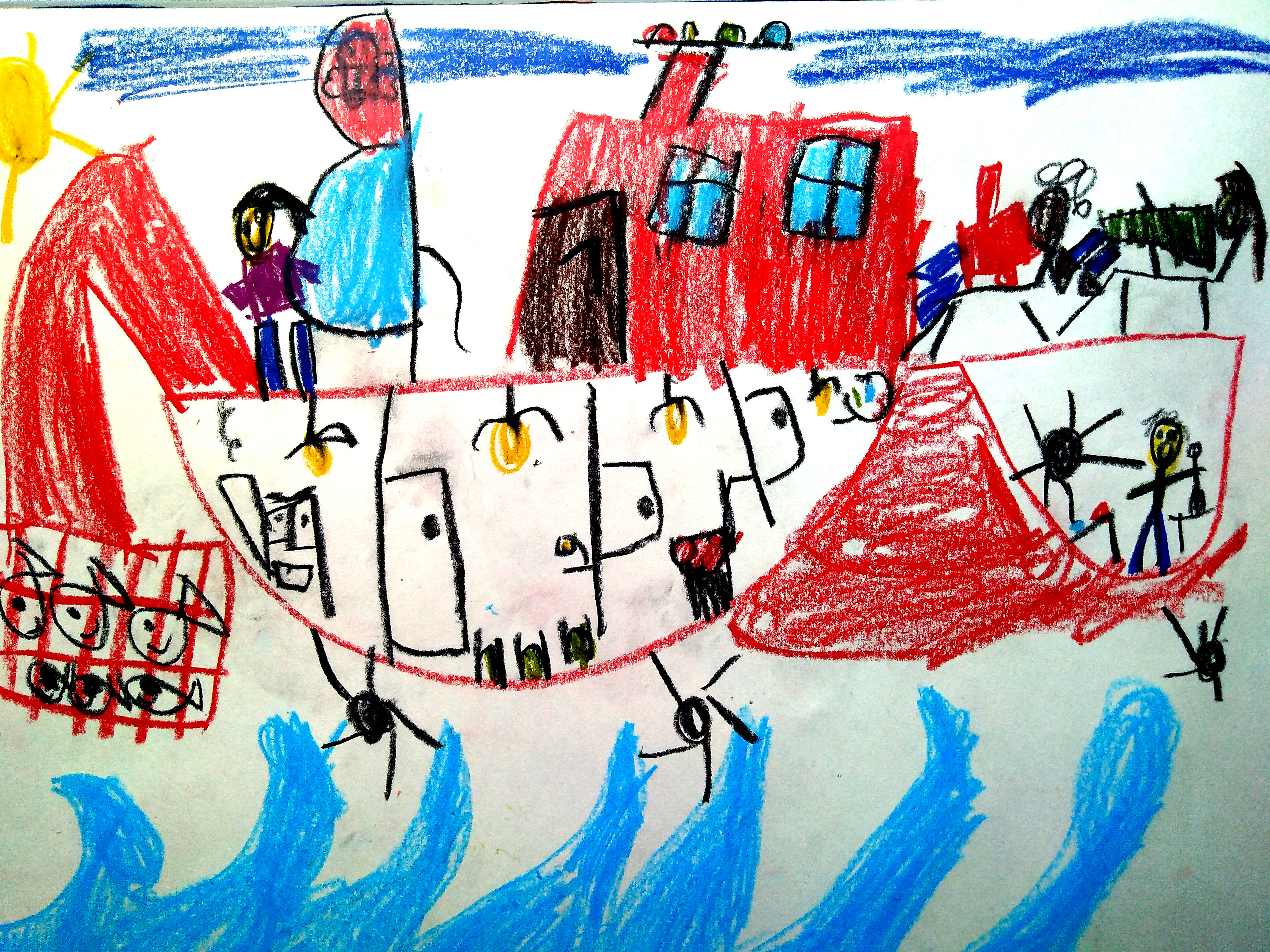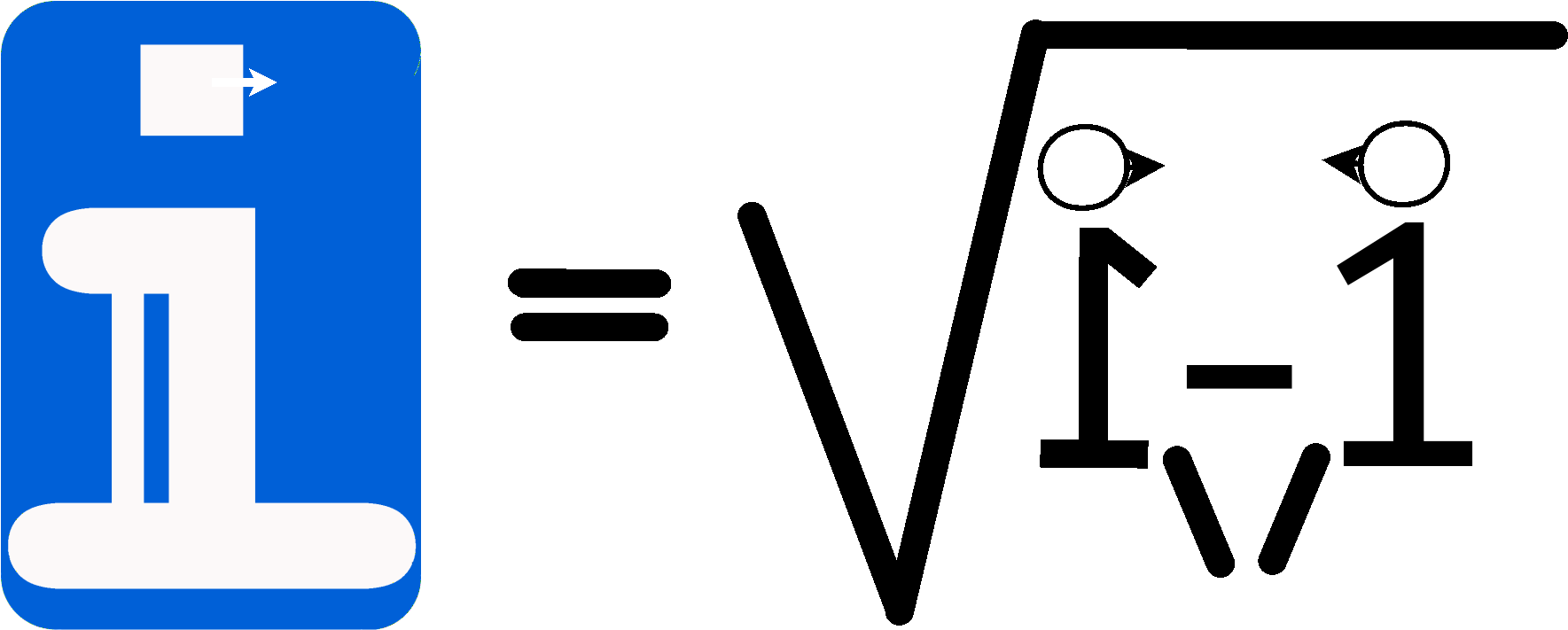The third nature
Let us think about a new human information technology
Nature is closely related to information. In 2018 we approached the information about entropy. 2020 we try to look at the unknown in nature from a new perspective. To be able to analyse nature better I would like to divide it into three evolutionary steps.
- First nature: contains the physical laws around the origin of the universe. Information is synchronous with time
- Second nature: - The chemical evolution develops life, this enables the storage of information. Information becomes asynchronous
- Third nature: Digital physics and quantum theories question the concept of reality of first and second nature. Information exists without time
With the third nature the age of autonomous information could begin. An information that no longer needs the human being as a recipient. With the physical concept of complex information in information theory we could extend the period of the 2nd nature.
For the considerations around a third nature, once again the art context is necessary. It allows us a freer abstraction of the digital age. The Infolab of the STWST has been trying to show a different perspective on our information society with various projects for several years. Let me name just a few examples:
- The transition from the first to the second nature - exhibition Amro 2020
 https://video.stwst.at/w/7AXNjBRfRRX4dNnvmyn6j8 - Exhibition Amro (Art meet radical openess) - Chaos research around the concept of information - Linz 2020
https://video.stwst.at/w/7AXNjBRfRRX4dNnvmyn6j8 - Exhibition Amro (Art meet radical openess) - Chaos research around the concept of information - Linz 2020
The artistic context is necessary to avoid having to argue in the advanced consensus of the logical information society. The development of the information society was based on the information theory of Claude Shannon. A theory with roots in communications engineering and classifies information according to technical criteria, has economic advantages and for this reason should be called message transmission theory. It is the second nature that has been developing information since the beginning of chemical evolution. We have now been constructing information technology for over 70 years, but we do not include this stored knowledge in our genes in this information theory. We do not know what information actually is. In any case, it is one of the most powerful instruments of the present. Claude Shannon has set milestones in the technical handling of this information, he created the basis for algorithms that can now independently make “logically correct” decisions. I would rate this as a very dangerous technology. But there is no going back, since the beginning information like time has only developed in one direction and our digital development is part of it. One does not know whether nature is the driving force for the development of information or vice versa. I therefore see man only as a host of information.
What goal could the development of information have: Through information, time becomes perceptible to us. But information seems to have the tendency to dissolve time. Information could exist outside of time and be generally timeless. This conclusion could be deduced from the development of information from the first, to the second and third nature.
It is unbelievable, we are living at exactly the right time, what a coincidence! We live in the transition from the 2nd to the 3rd nature and have even developed a highly developed ability of abstraction to observe this event. For the first time, mankind created a method to mathematically capture and process information.
Further abstraction
The human being created this capacity for abstraction through the consciousness of his ego, develops it through reflections of reality mostly in sleep. This required a lot of insights, which had to be met in a conceptual field by different information. These fields were mostly shortened to a dual form to facilitate decisions. Decisions in these dual fields were made in the last centuries more and more on the basis of scientific knowledge. These freedoms of decision were often confused by the imagination with the free will of man, which cannot exist in a scientific context. See the art exhibition Fields in Riga 2006, curated by Rixc and Armin Medosch.
About the need for multidimensional decision fields.
Decisions in these dual fields are made using logical arguments. Through these dual decision fields one-dimensional logical decisions arise. In order to expand these decisions in the sense of the individual, gut decisions should be considered, emotional decisions that are made via the information storage of our genes. We should therefore include this information database of evolution in decisions. We will now try to argue emotional decisions in the world of logic, for this we have to venture into the dream world, into the world of faith, hope and art. A politically very questionable act, which opens the door for every non-sense, which might question democracy and strengthen conservative values.
The two-dimensional decision field
The reality of our everyday life is now largely shaped by information-processing machines. The individual with his or her feelings and “gut decisions” can hardly counter these logically correct decision-making aids with arguments. This results in a general feeling of unease which can strengthen conservative positions. The generally logically correct consensus is considered “right and true”, but these decisions are boring for an individual and do not bring us any new developments. Although information based on our genes as an evolutionary database allows for imagination and abstraction, we use it less and less in everyday life. The indivium has already been forced into action by the “logically correct” information, we lag behind the machine decisions and have to justify ourselves. In order to further enable individual decisions and creativity, the necessity to include the information of our genes in the machine decisions is obvious. An important factor of individual decisions is the ability of abstraction that arises from art and sleep. Art and sleep is necessary to recover from the "right - true" information. In the future, we should give individual information a higher priority in our handling of information. This brings us to the concept of complex information. An information that is composed of an imaginary and a real part and that cannot be mixed with each other.
Three examples of complex information - the imaginary part says nothing about the artistic quality of the representation



Let us begin to argue with mathematics. They say mathematics is the universal language of the universe. In mathematics, it is the complex numbers, composed of a real and an imaginary part, that have expanded our one-dimensional series of numbers. It is the square root of minus 1 that could bring our decisions from the one-dimensional into a two-dimensional decision field. With a two-dimensional field, we could extend information technology to include the component of emotional decisions as an imaginary part. But we don't want to be a brake. Who brakes loses. We want progress and new developments, but we have to rethink our well-known information theory. We do not want to go back to conservative values, we want, on the basis of democratically acquired knowledge and with full recognition of technological developments, an integration of the evolutionary database of nature into the machine decision making instances of the future.
For this reason, we are looking for anomalies in the “logical true” reality in the Infolab. In addition to the anomalies of water, with which we have been experimenting since 2005 (Donautik and https://halfbit.org), we also investigate anomalies in mathematical-physical contexts. Anomalies always offer the unknown, which stimulates our imagination and provides material for our artistic positions. This brings us to our next topic: Interferences of the unknown

Internet kill your soul

